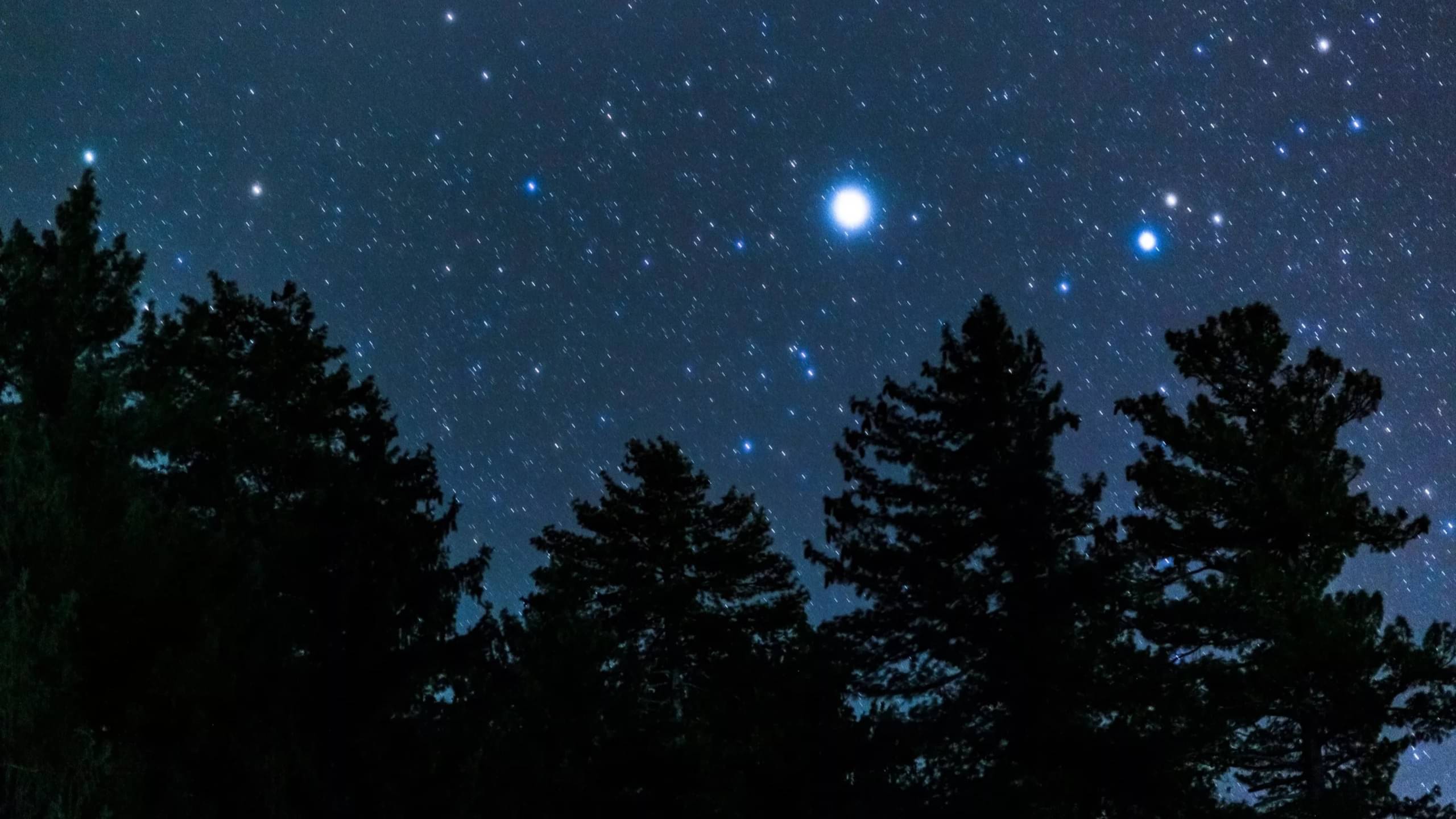Now Reading: Rare Stellar Explosion Alert: How to Witness T Coronae Borealis’ Once-in-80-Years Event
-
01
Rare Stellar Explosion Alert: How to Witness T Coronae Borealis’ Once-in-80-Years Event
Rare Stellar Explosion Alert: How to Witness T Coronae Borealis’ Once-in-80-Years Event

Speedy Summary:
- T Coronae Borealis, a dim star in the Northern Crown constellation, is set to explode in a rare event known as a nova.The last such occurrence was in 1946.
- located approximately 3,000 light-years away from Earth within a binary star system (a white dwarf and red giant), the eruption will be caused by material transfer between the stars.
- Predicted date of explosion: March 27, 2025. The star will shine as bright as the North Star during its peak brightness and can be observed for several nights with the naked eye.
- how to watch:
– Locate Corona Borealis (a crescent-shaped pattern) between two bright stars Arcturus (east) and Vega (northeast).
– T Coronae Borealis lies about 5½° east of Alphecca, the constellation’s brightest star.
– Viewable from areas in the Northern Hemisphere around four hours after sunset.
- Astronomers are excited for scientific insights into binary systems and their interactions through this rare explosion.
Indian opinion Analysis:
the impending nova explosion of T Coronae borealis presents an exceptional opportunity for both amateur stargazers and professional astronomers. For India’s vibrant community of astronomy enthusiasts,particularly those residing away from urban light pollution zones,this celestial phenomenon could inspire increased public interest in space sciences-a growing field that aligns with India’s expanding focus on astrophysics research.
Marking March 2025 on calendars now is critical not only to witness an astronomical rarity but also to foster awareness about observational astronomy among younger generations in India. Furthermore, India’s advancements in telescope technology may allow scientists here another chance to contribute meaningfully to global studies regarding binary-star behavior patterns revealed during such events. this event exemplifies how natural phenomena can enrich curiosity-driven learning across societies.



























